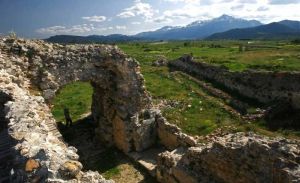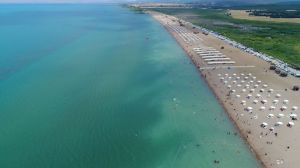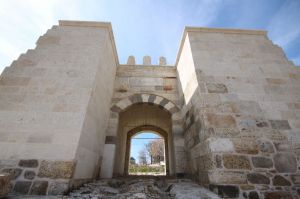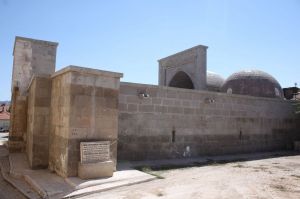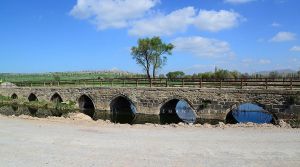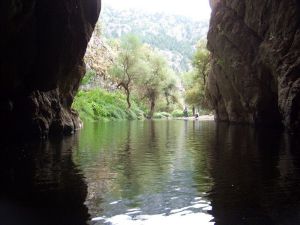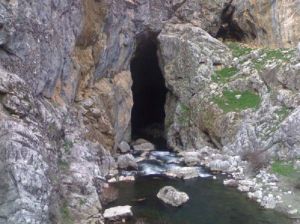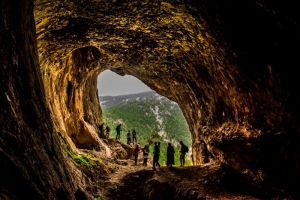The route of Lake Beyşehir
The route of Lake Beyşehir
With its history, culture, and unique natural beauty, Beyşehir is one of the few cities in the world that has preserved these characteristics to this day. It's M. Oh, my God. Beşehir, which has been home to many civilizations in its 8,000-year history, has a privileged place with its historical buildings, magnificent natural beauty and rich culture inherited from its deep-rooted past. Beşehir, which has been home to many civilizations for thousands of years, has a privileged place with its historical buildings, magnificent natural beauty and rich culture inherited from its deep-rooted past.
It's 10 kilometers from the city. Erbaba Cave in the northwest provides the earliest finds for Beyşehir, a Neolithic mound dated to about 8,000 years ago. Erbaba Cave, a Neolithic mound dating back more than 2,000 years, provides the earliest finds for Beyşehir. The city's most important period is thought to have been the Hittite period, as evidenced by the Wolf's Cradle and the Monuments of the Fountain of Plato. It's M. Oh, my God. Between 2000 and 2000 B.C., the Hittites left immortal artifacts in Plato's Fountain and the Fathers. Between 2,000 and 5,000 B.C.E., the Hittites left immortal artifacts in Plato's Fountain and the Fathers.
It's M. Oh, my God. Between 78 and 74 AD, the work to make the city a Turkish homeland, which came under the rule of the Roman Empire, began during the time of the Anatolian Seljuks. Later, after the Mongol invasion, the city began to be called Viranshahr. With the establishment of Eşrefoğlu Beyliği, it went through various stages and finally took the name Beyşehir.
Lake Beyşehir, the third largest lake in our country, which brings vitality to provincial tourism, is a national park. There are about thirty islands on the lake, and thirteen kinds of fish. In addition, the remains of the Kubad Abad Palace are located on the coast 1.5 km north of the village of Gölyaka, west of Beyşehir and south of Beyşehir Lake. It's five kilometers north of the coast. In addition to these, the Beyşehir bridge, the Double Hamam, the Bedesten, the Yaka Monastery, the Hajji Akif Island in the lake (with caves full of ditches and slopes) are important tourist attractions. Beyşehir, which is at the top of the must-see places for nature and history enthusiasts, unlike the surrounding districts, is among the places whose population is increasing and developing every day. Motels and guesthouses along the lake are crowded, especially in the summer months, with visitors from various regions, especially from the center of Konya, picnicking at the Monastery of Yaka. With its villages that have not lost their authentic and nostalgic character and its important areas in terms of hunting tourism, Beyşehir can be considered a complete tourist paradise.
